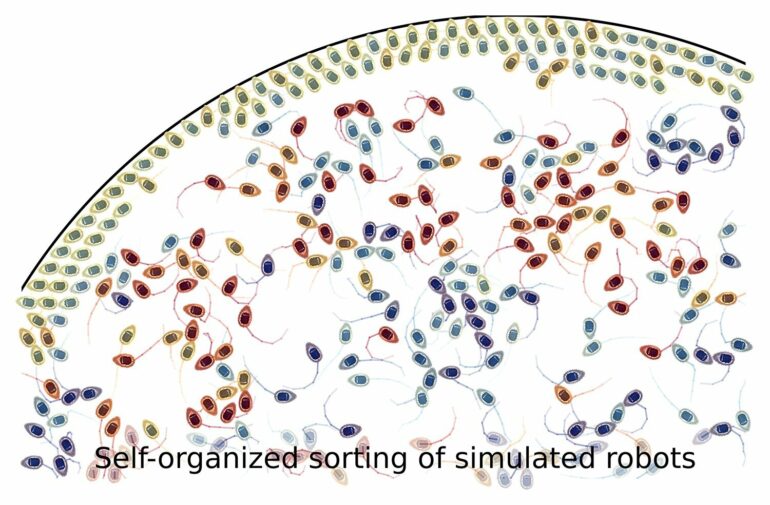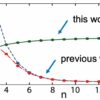Miniaturization is progressing rapidly in many fields, and the trend toward the creation of ever smaller units is also prevalent in the world of robot technology. In the future, minuscule robots used in medical and pharmaceutical applications might be able to transport medication to targeted sites in the body. Statistical physics can contribute to the foundations for the development of such technologies.
A team of researchers at Johannes Gutenberg University Mainz (JGU) has now taken a new approach to the issue by analyzing a group of robots and how they behave as collectives of motile units based on the model of active Brownian particles. The team’s findings demonstrating that there may be an alternative route to realize programmable active matter have been published in Science Advances.
Researchers are looking for new ways to perform tasks on the micro- and nanoscale that are otherwise difficult to realize, particularly as the miniaturization of devices and components is beginning to reach physical limits. One new option being considered is the use of collectives of robotic units in place of a single robot to complete a task.
“The task-solving capabilities of one microrobot are limited due to its small size,” said Professor Thomas Speck, who headed the study at Mainz University. “But a collective of such robots working together may well be able to carry out complex assignments with considerable success.” Statistical physics becomes relevant here in that it analyzes models to describe how such collective behavior may emerge from interactions, comparable to bird behavior when they flock together.
The research team studied the collective behavior of a number of small, commercially available robots. These so-called walkers are propelled through internal vibrations transmitted to two rows of tiny legs. Because the length, shape, and stiffness of the legs differ slightly from robot to robot, they follow circular orbits with a radius that is specific to each individual walker. Looking and moving like little beetles, these robots have an elliptical form and are sent off in a new direction when they happen to collide with each other.
“Our aim was to examine and describe the collective behavior of these robots and determine whether it might be possible to derive potential uses from this,” added Frank Siebers, lead author of the paper. “At the same time, we as physicists were also interested in the phenomena per se.” The researchers were able to observe two effects when the collective of robots has variations in terms of their orbits, i.e., in a group showing greater diversity. First, the walkers required less time to explore the space they were placed in. And second, when contained within an enclosed space, they began to undergo self-organized sorting. Depending on their orbital radius, the robots either accumulated at the confining wall or began to gather within the interior of the space.
Statistical physics provides insights into the behavior of collectives
“It would be possible to exploit this kind of activity to get robots to transport a load and to interact with that load, for example. The speed with which they would be able to traverse spaces would increase, meaning that the load would be delivered sooner,” said Speck, outlining one potential application. “Statistical physics can help to uncover new strategies that may be utilized by collectives of robots.”
The field of active matter models and robotics covers many realms of the living and the nonliving world in which collective behavior or collective movement can be observed, one prominent example being the way that flocks of birds move in unison. “What we have done here is to apply the theory underlying our understanding of clustering and swarming to robotic systems,” said Siebers.
More information:
Frank Siebers et al, Exploiting compositional disorder in collectives of light-driven circle walkers, Science Advances (2023). DOI: 10.1126/sciadv.adf5443
Provided by
Universitaet Mainz
Citation:
Researchers investigate the swarming behavior of microrobots (2023, May 26)



